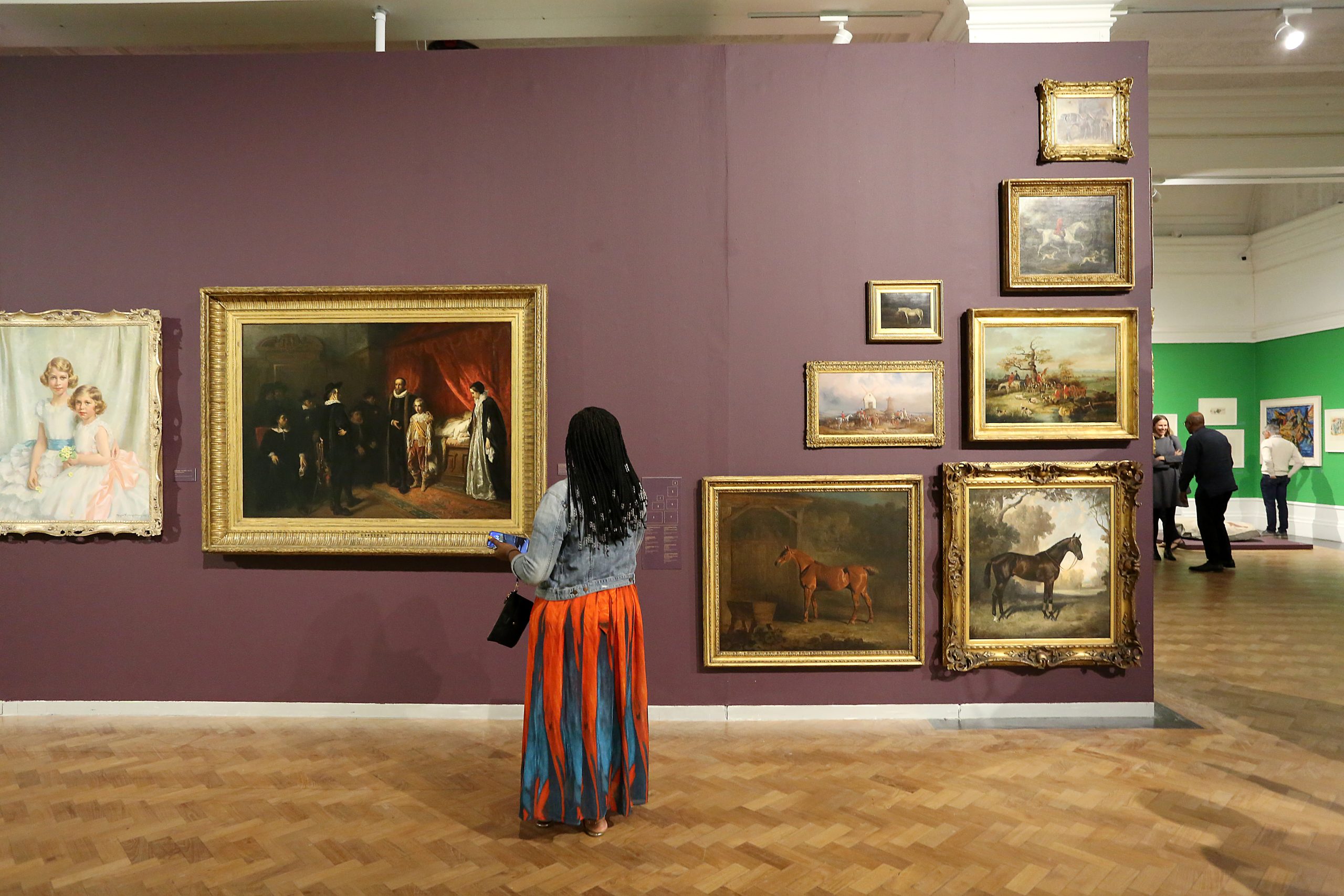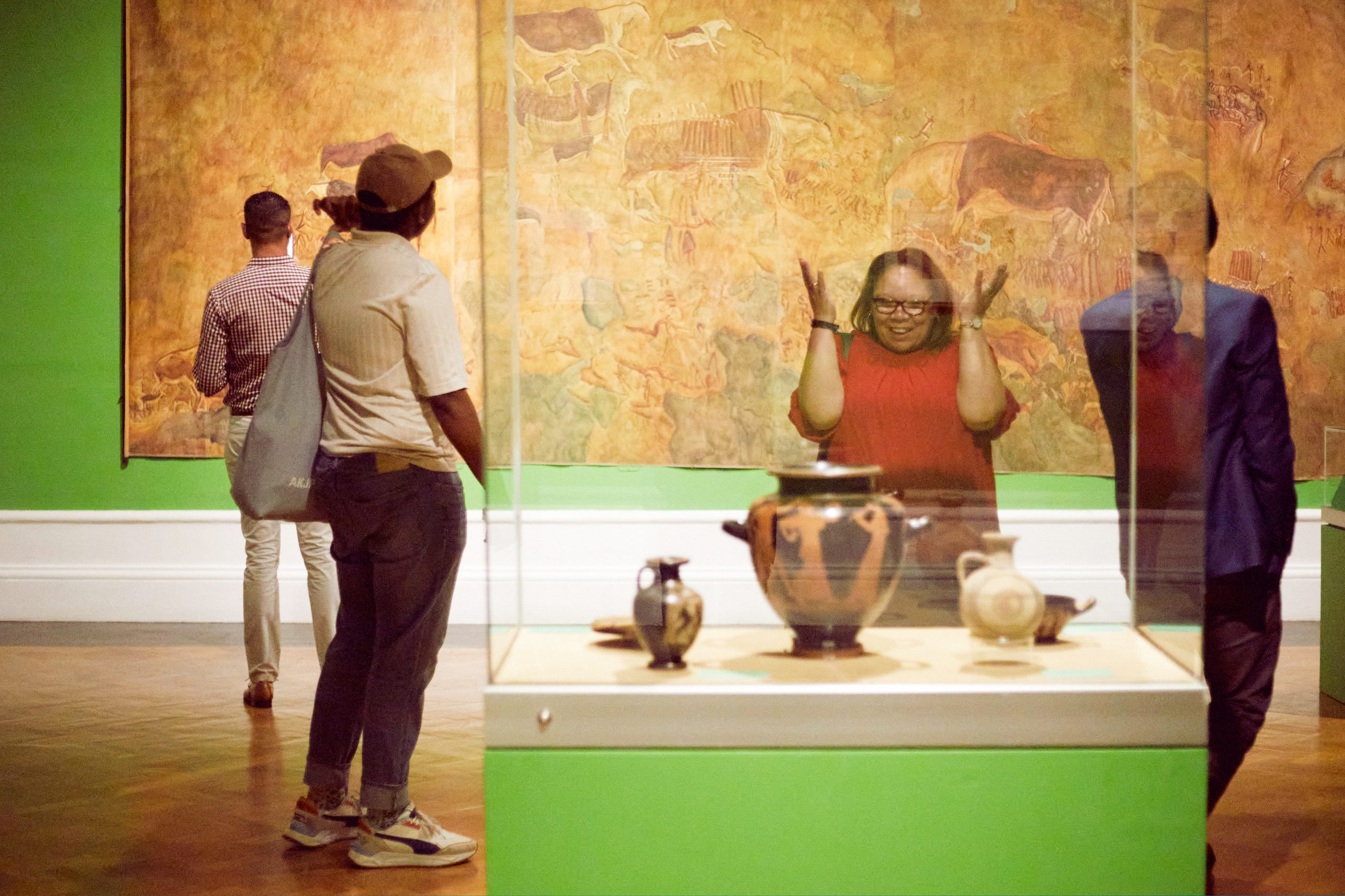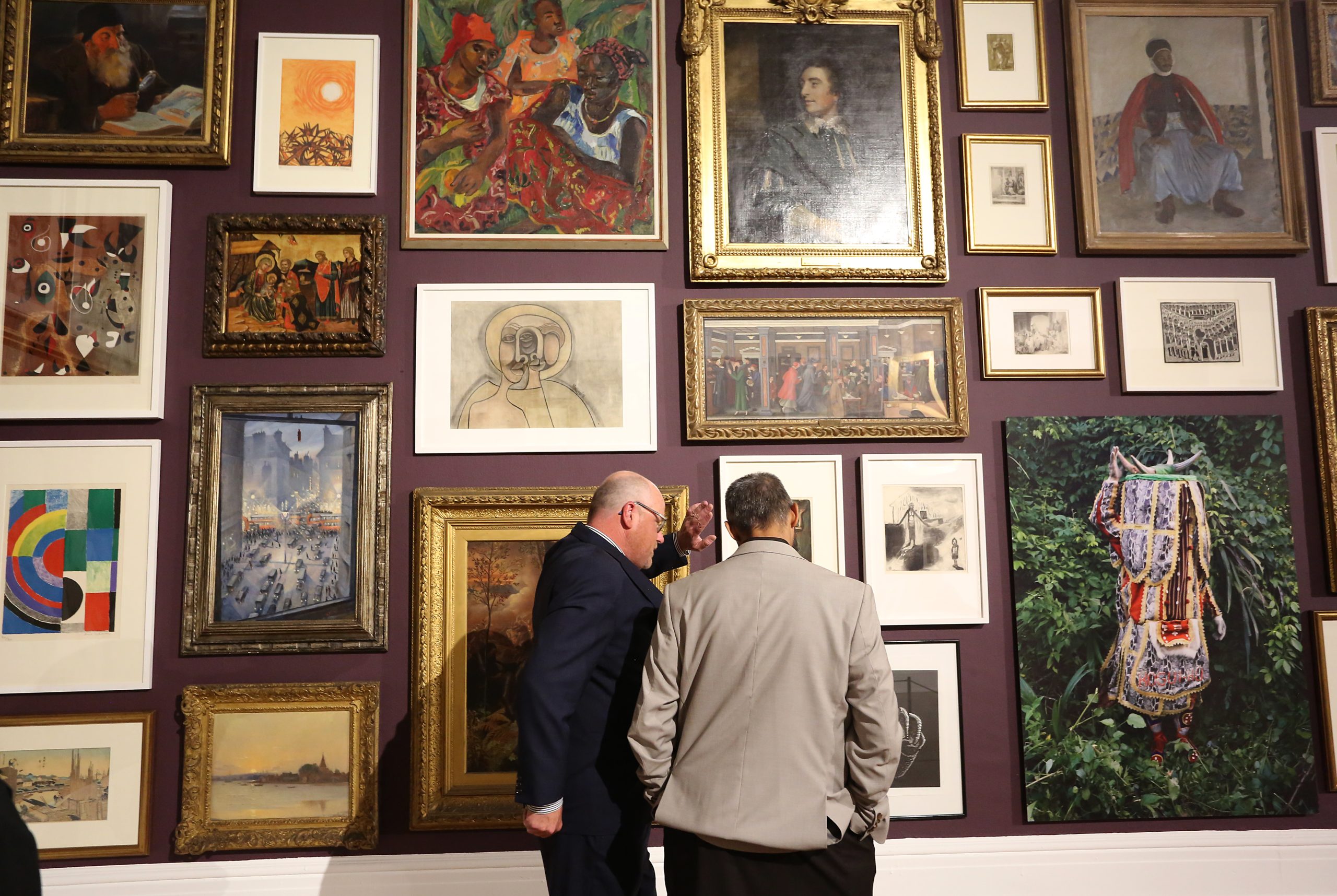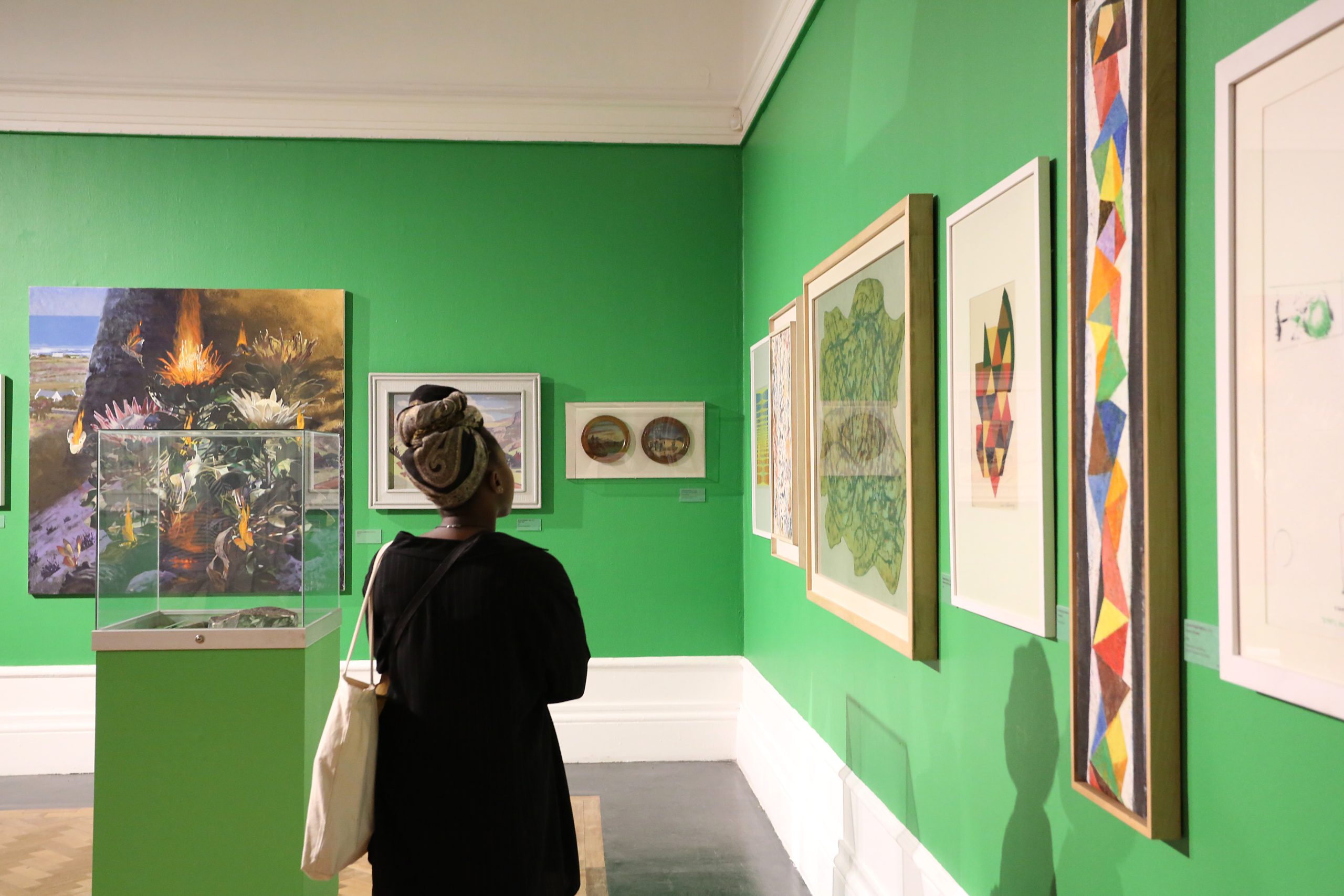The protagonist in Ben Lerner’s novel ‘Leaving the Atocha Station’ (2011) is obsessed with what he calls “profound experiences of art” — how other people seem to so easily “break into tears” as a result of being moved by things of utmost beauty. I found myself wondering about the impact of art as I stood in front of some very old and some new artworks that form part of the exhibition Breaking Down the Walls. Breaking Down the Walls — 150 years of Art Collecting at Iziko is an extensive visual showcase at the South African National Gallery in Cape Town. With over 500 artworks on display, the exhibition includes some of the most important works in the history of artmaking.
I was especially surprised by the effect that three orange squares nestled inside each other could have on a person. I’m talking about Josef Albers’ colour serigraph DR-a from 1968, which is a thing of utmost beauty. Then I remembered or rather began to understand, that part of the effect that Albers was having on me is in fact constructed. All of the labour invested in inserting Albers into the canon — declaring him as interesting and worthwhile — was showing up as real emotion. I remembered that my deep enjoyment or profound experience of Albers is not happening outside of history. It happens alongside it and inside it.

A series of traceable and untraceable events have culminated to this moment, a moment of me believing this work to be a masterpiece. This is a cynical view of practices of collection and display but don’t get me wrong I remain insanely in love with that work. I’m not at all suggesting that my experience of perfectly rendered geometric shapes as deeply moving is false, I am merely reminding myself that a certain kind of investment in the work produces and reproduces interest. This is what collecting is about, or at least in part.
What really excites me about exhibitions of such massive scale is less about the curators’ prowess — the exhibition is curated by Andrew Lamprecht, with a reference group that includes Amohelang Mohajane, Barboro Martinez-Ruiz, Bettina Malcomess, Ciraj Rassool, Ernestine White-Mifetu and Tony Gum — or the experience of the show as a coherent whole. Rather, I’m interested in the small moments of resonance and confusion that occur throughout the exhibition. As you meander through the display certain artworks speak to you, demanding your time and attention. Sometimes it is the sheer excitement of recognition; there is Helen Sebidi and her contorted figures, David Koloane’s peculiar use of colour, Shilakoe’s ‘The Widow’, Kandinsky, Manana, Athi-Patra Ruga! It feels good to identify previous encounters of knowledge in different contexts. So on the one hand there is the pleasure of recognition but alongside it are moments of pure intrigue. This was the case with Usha Seejarim’s ‘Sequence City’ (2002), which I had never seen before. Plastic bread bag tags are sown onto a delicate and ornamented blue fabric with red thread. The result is a stunning tapestry of the city space. The fine blue of the skies and the interesting use of material gestures to the tensions held within a city – beautiful, energetic, inspiring but also cold.

Breaking Down the Walls creates space for deep art historical readings and engagement but it also allows us to ask questions of value, complicate accepted histories and (re)contextualise art works through time. For instance, reading Sonia Delaunay alongside Louis Maqhubela. Both modernists in the academic sense. One born in 1885 in Hradyz’k Ukraine, and the other born half a century later in Durban. Cleft along racial, gender and class norms and yet both deeply invested in experimentation with early abstraction. We look at their vibrating and unbound triangles bouncing off each other and immediately see an interesting dialogue of colour, shape and form.
I’ve seen everything that excites me and I’ve seen everything that moves me but I must still make space and open myself up for things that I do not know. This brings me to the room of absences in the exhibition, which is staged as an empty room with no hangings. The wall text reads,
The emptiness of this room reflects the many absences in the Art Collections of Iziko Museums…..Many names of artists from the pre-colonial, colonial and Apartheid eras have been erased, forgotten and neglected and the biases and prejudices of those who formed these collections and acquired works are still reflected in our holdings, despite many efforts to redress these imbalances in more recent years.
The room of absences is a thoughtful gesture that recognises the violence of erasure and reminds us that a collections can never be complete or whole. We can’t draw a straight line through history. The chaos of time spills into our ways of making meaning. Absences and presences travel together. Although I do think it’s a stretch to suggest the exhibition collapses anything, it at least succeeds at chipping away at some parts of some walls.






















































